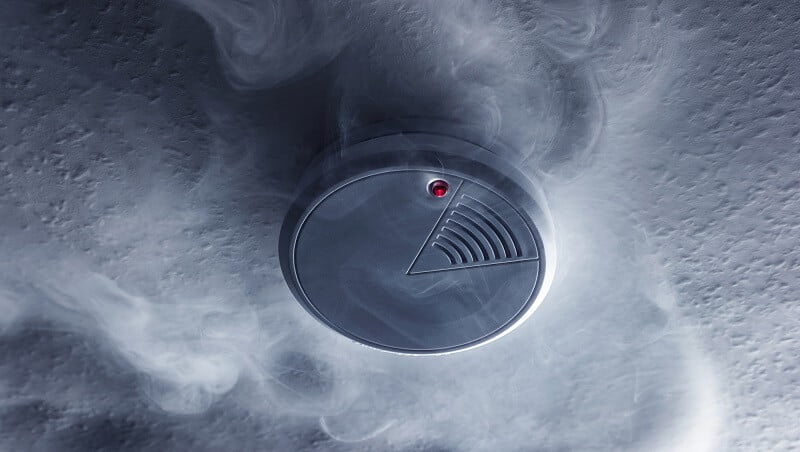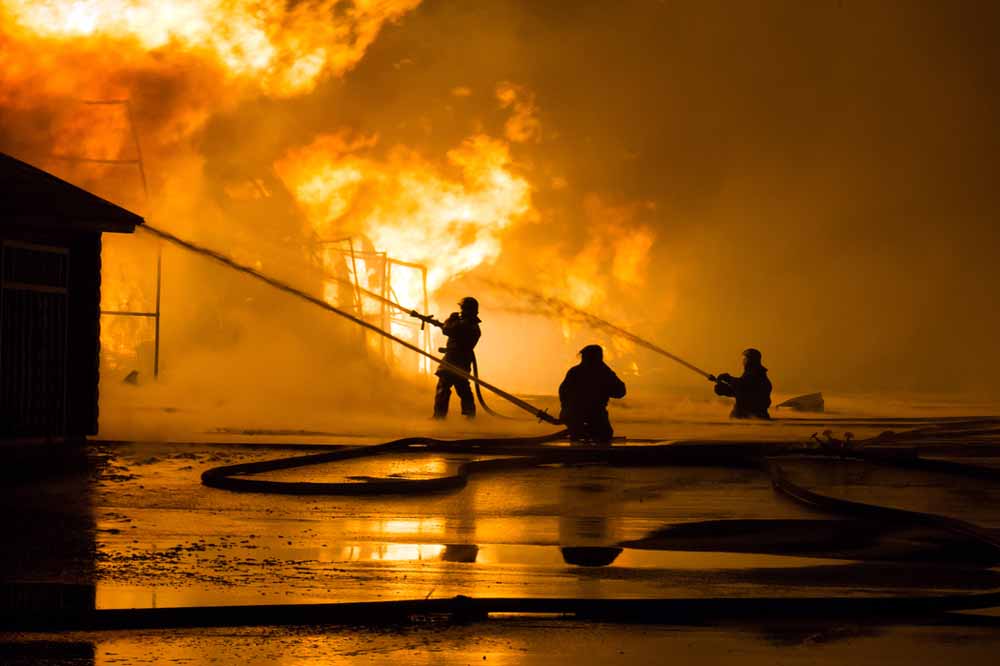Changes to Queensland Smoke Alarm Laws
New smoke alarm laws will soon make Queensland households the safest in Australia – at least in relation to fire safety! From the 1st January 2022, all Queensland dwellings will be required to have interconnected photoelectric smoke alarms in all bedrooms or in hallways that connect bedrooms.
But, why are the old smoke alarms being phased out? What’s the difference between these new smoke alarms and the old ones, and how can you tell the difference between them? And the big question, what does this mean for people looking to buy a house? Can a pre-property inspection help? Action Property Inspections have done our homework and have answered all these questions for you – read on to find out more!
What are the new smoke alarm laws, and when do they come in?
The new laws have been phased in over a lengthy period of time. It has previously been a requirement that all new and renovated residences install interconnected, hardwired alarms. From 1 January 2022 EVERY Queensland residence (including rentals) must be fitted out with interconnected photoelectric smoke alarms in all bedrooms, as well as in hallways or areas between hallways. These smoke alarms must be hardwired, or for existing dwellings, they can also be powered by a non-removable 10-year battery. These laws are based on recommendations from the Queensland Fire and Emergency Services (QFES) that point to these particular smoke alarms saving more lives. Our recommendation is to get your home converted as soon as possible, but the laws kick in for all domestic dwellings leased and sold from the 1st January 2021.
What are photoelectric smoke alarms, and how are they different?
Photoelectric smoke alarms detect visible particles of fire. Research and experience have shown that these smoke alarms respond quicker to a wider range of fires than the current ionisation fire alarms, and they’re less likely to go off to nuisance cooking alarms. They have a chamber which fills with smoke, which shorts the device and sets off the alarm. Ionisation smoke alarms often have a delay in sounding the alarm. In a fire, you can have as little as 15 seconds to escape, and so any delay can be deadly. These alarms will now be interconnected, meaning that all the alarms go off at once, so everyone in the house has the same amount of time to get out.
What do buyers need to know?
So what do you do if you’re buying a home in the near future? If you’re looking to build or renovate, you must ensure that your property has interconnected photoelectric smoke alarms in all the bedrooms, the hallways, and the areas near the bedrooms, on every floor. These must be compliant with the Australian Standard 3786:2014.
By 1st January 2022, photoelectric smoke alarms will be sold as standard, and property owners need to replace any smoke alarms that don’t comply with the new legislation. If you’re buying an older home, you need to ensure that the property has these smoke alarms in place, and that they’re interconnected. Booking a pre-purchase property inspection can help with this.
For more information on Queensland smoke alarm laws, state safety laws for home owners, or to book a safety inspection with one of our knowledgeable inspectors, visit Action Property Inspections today!



